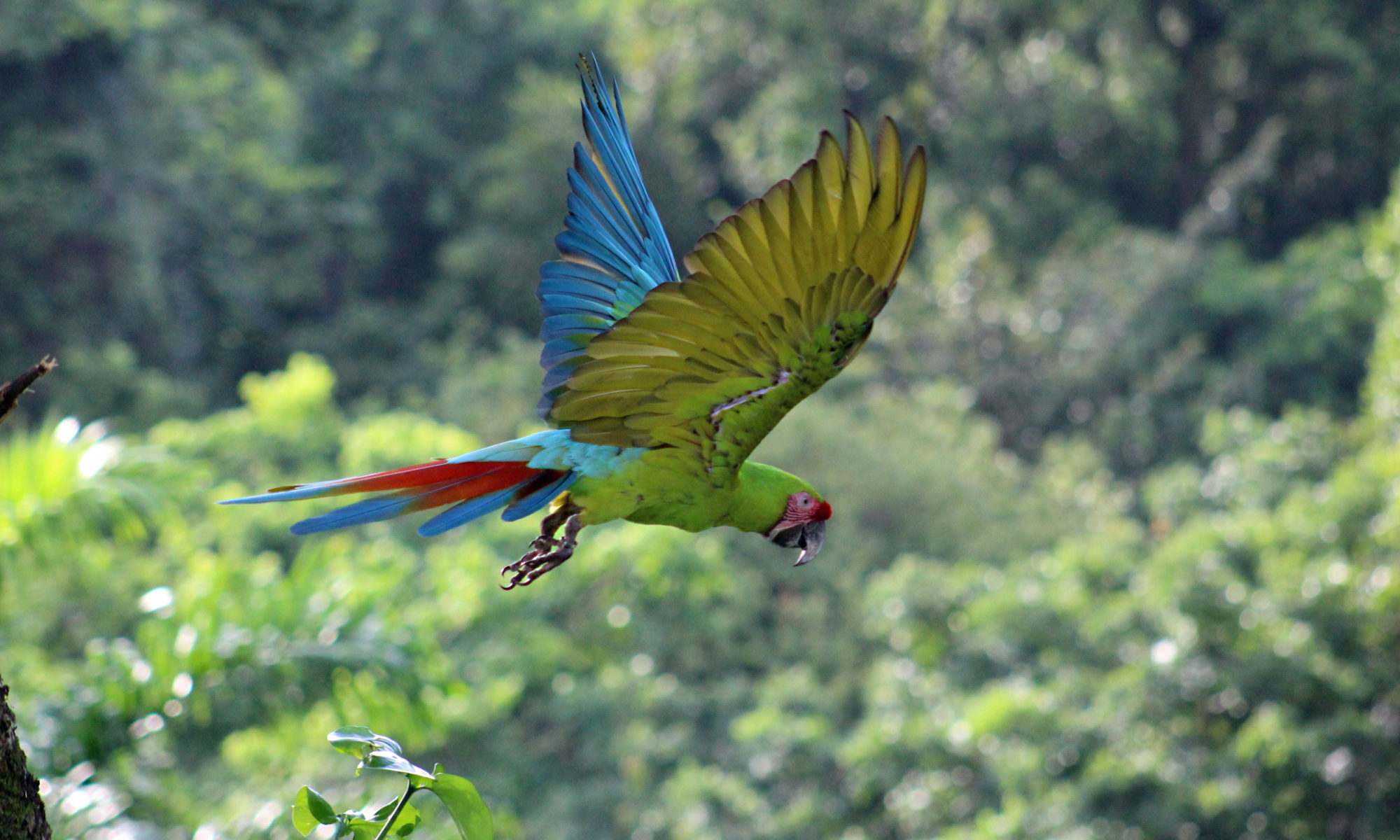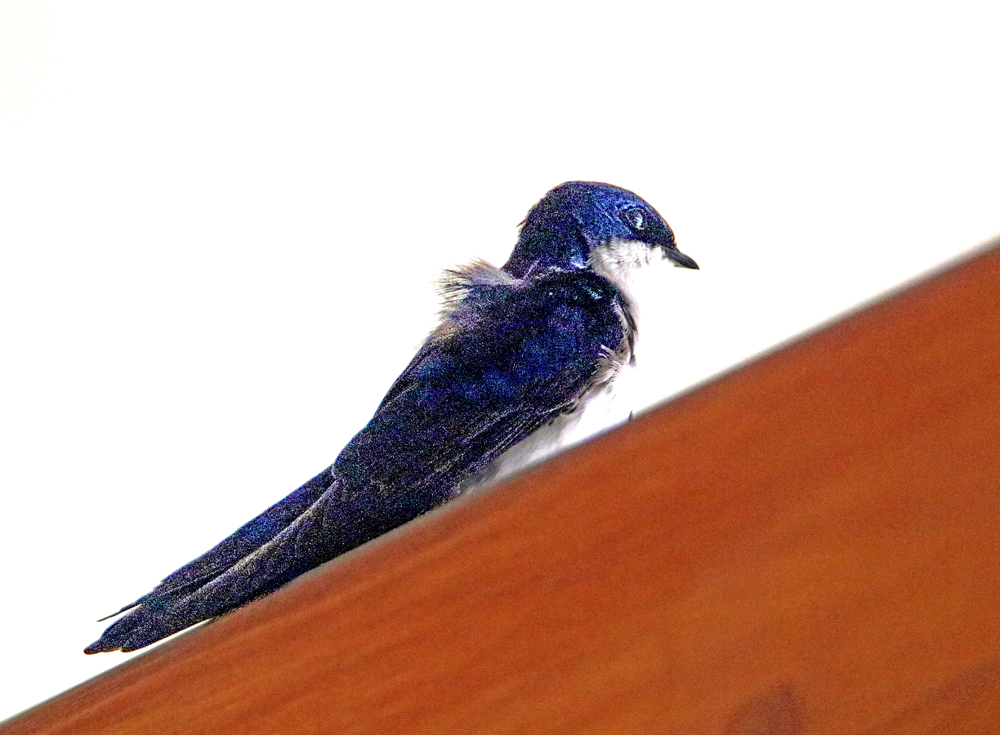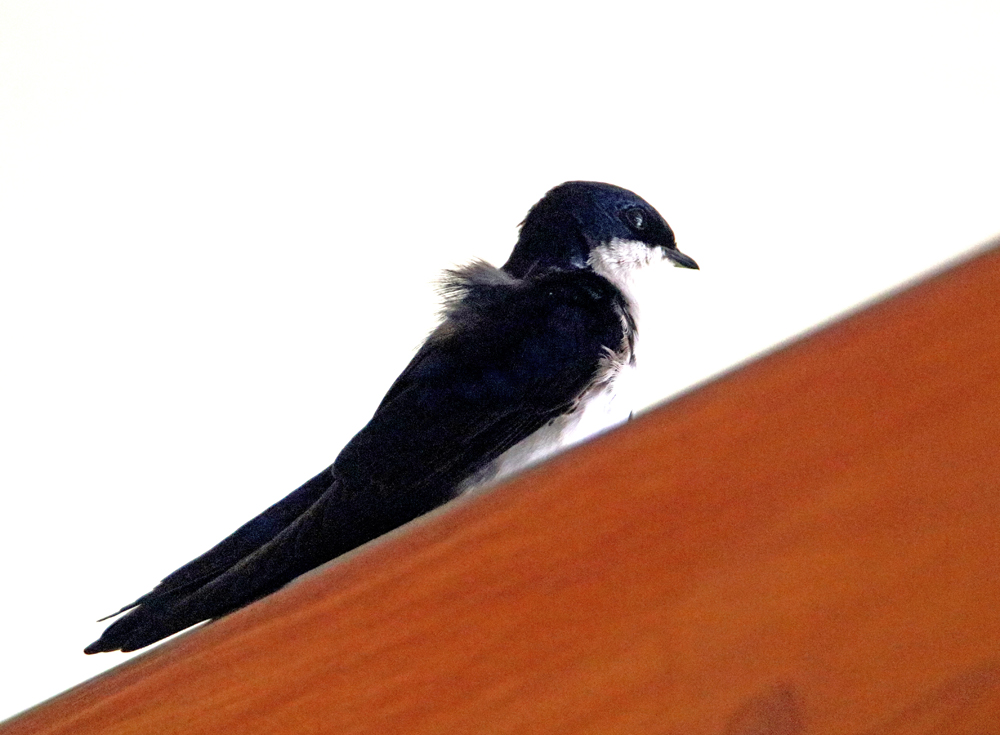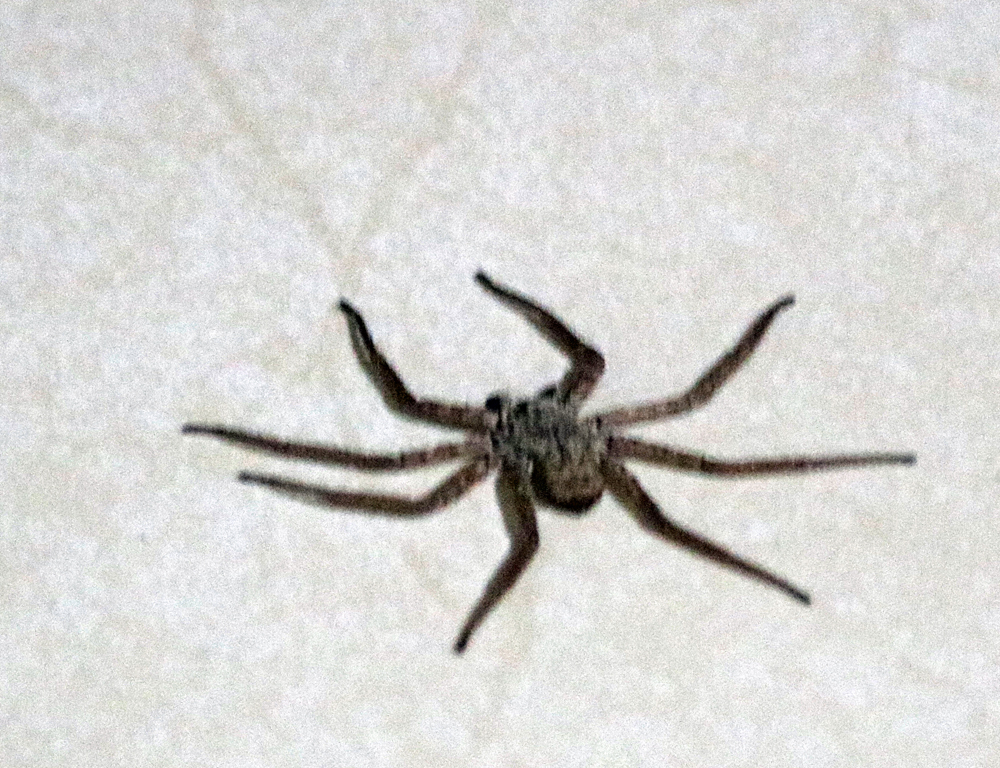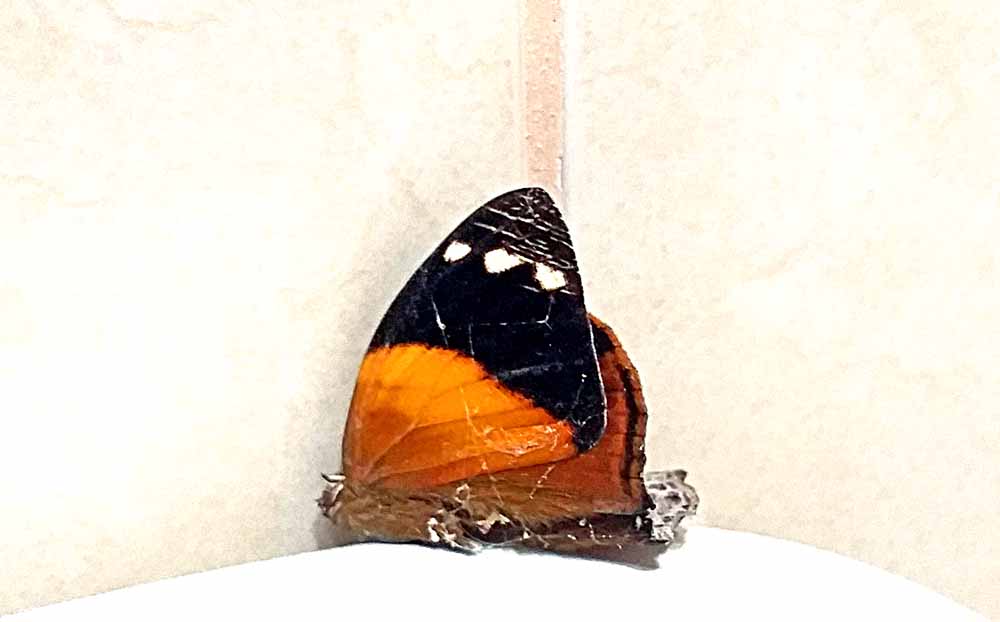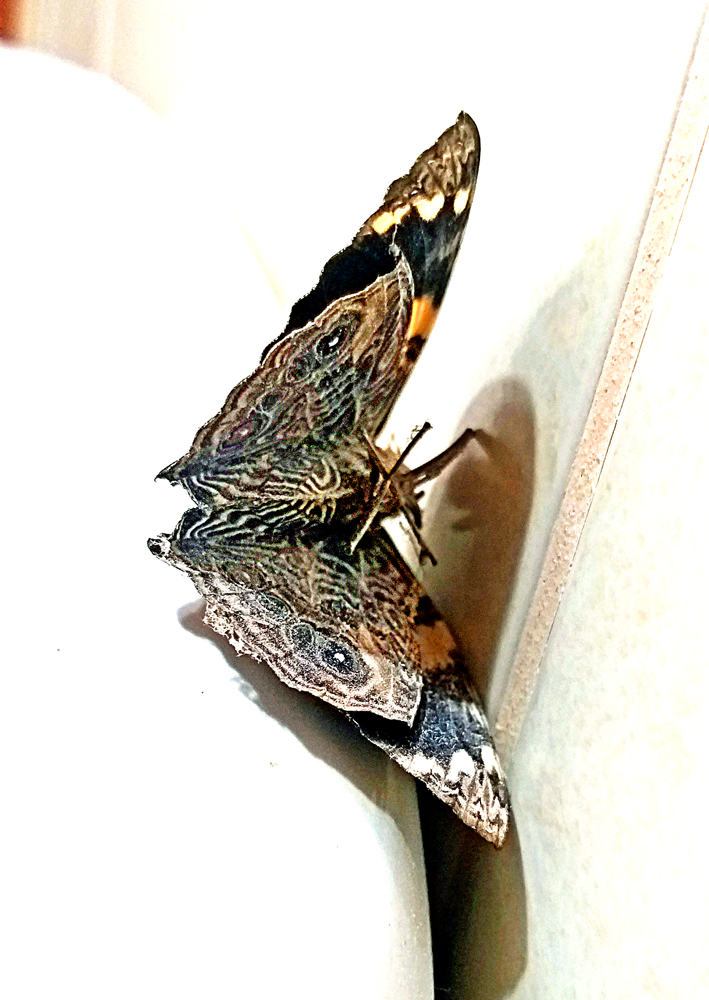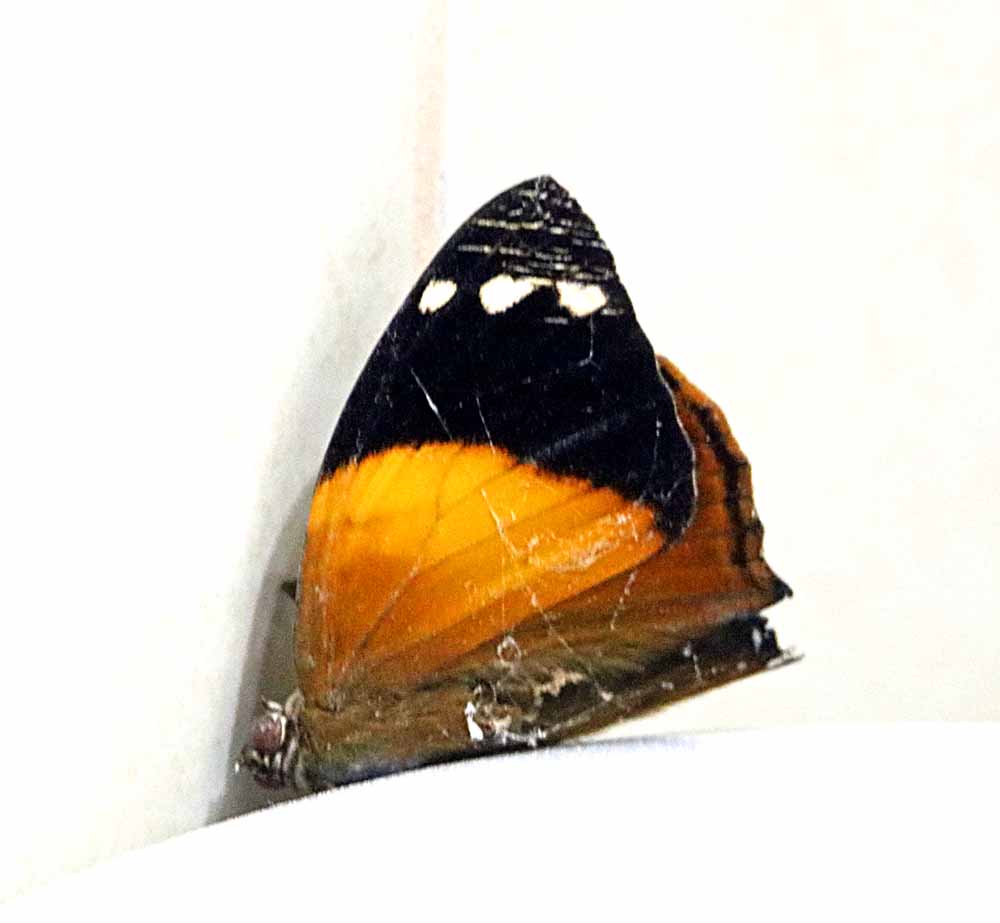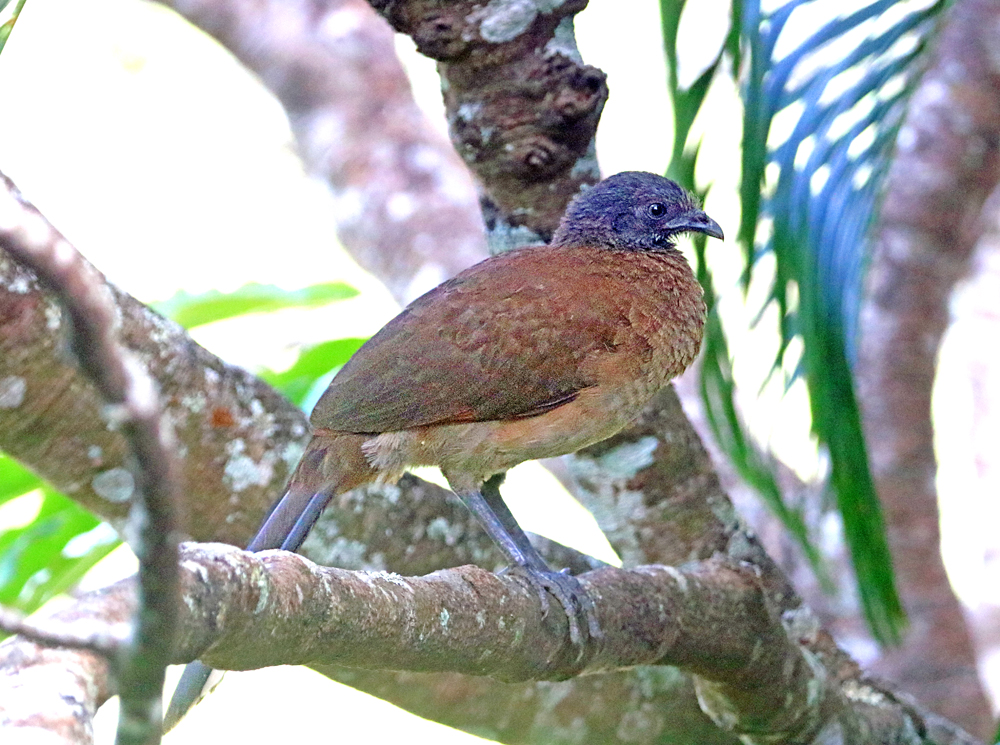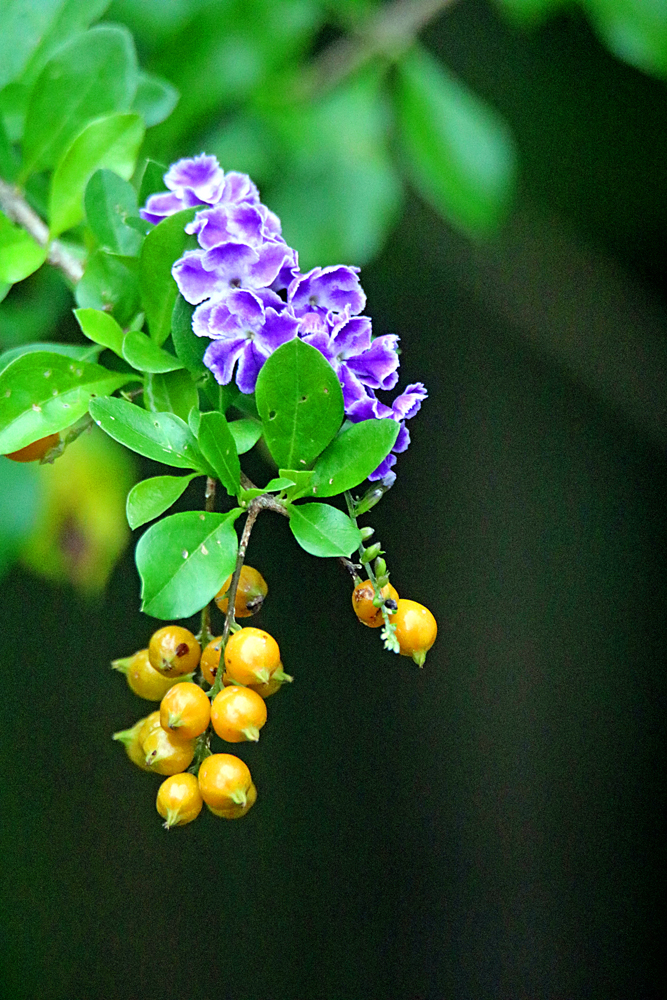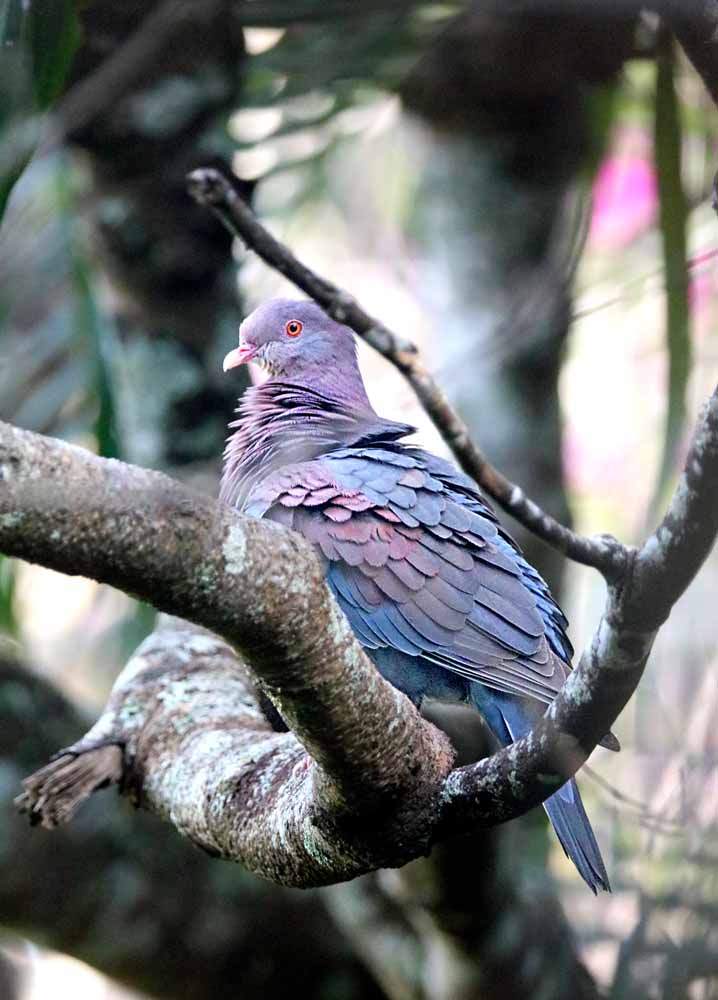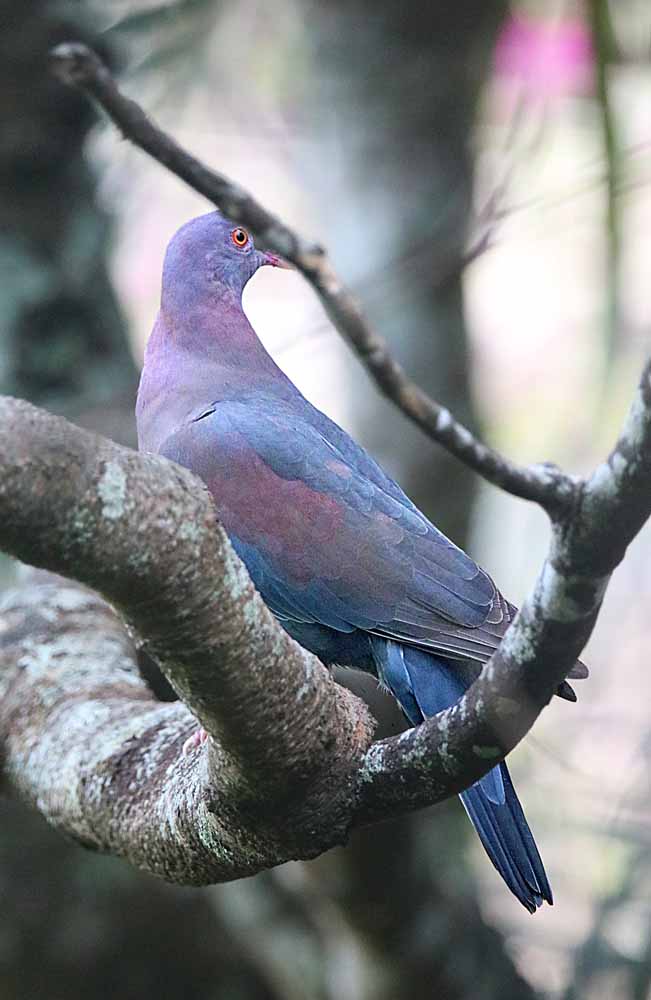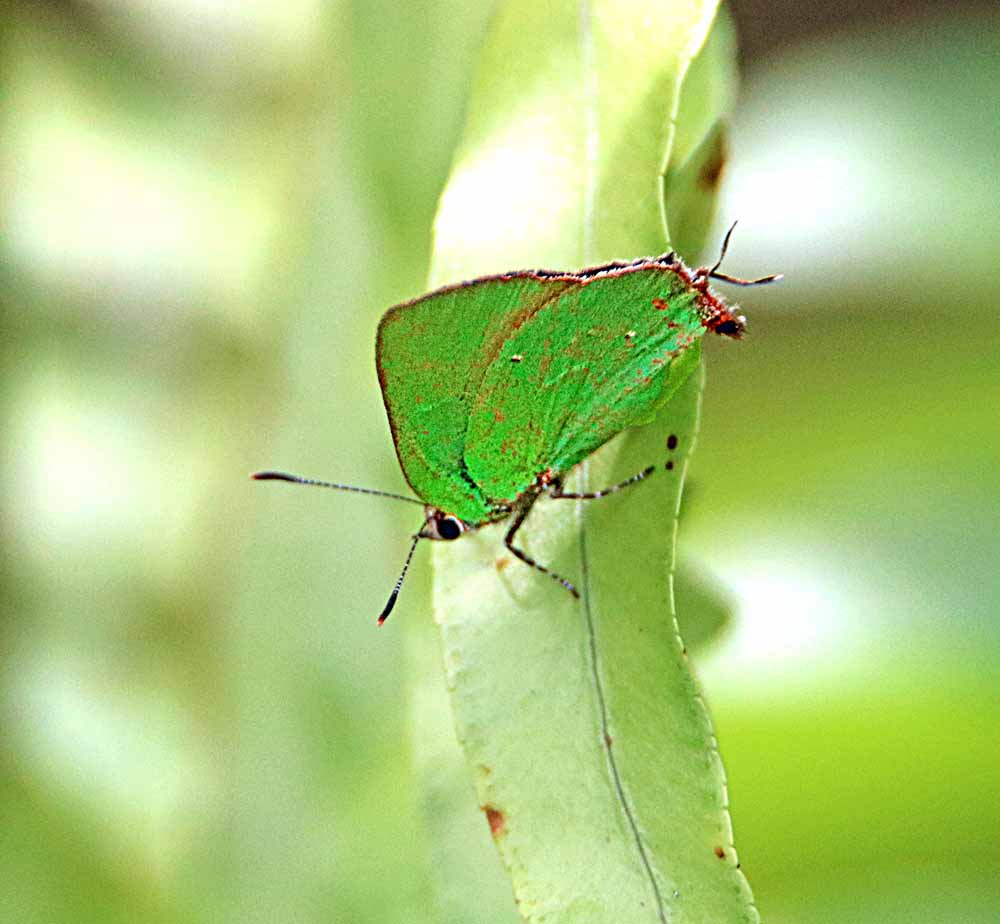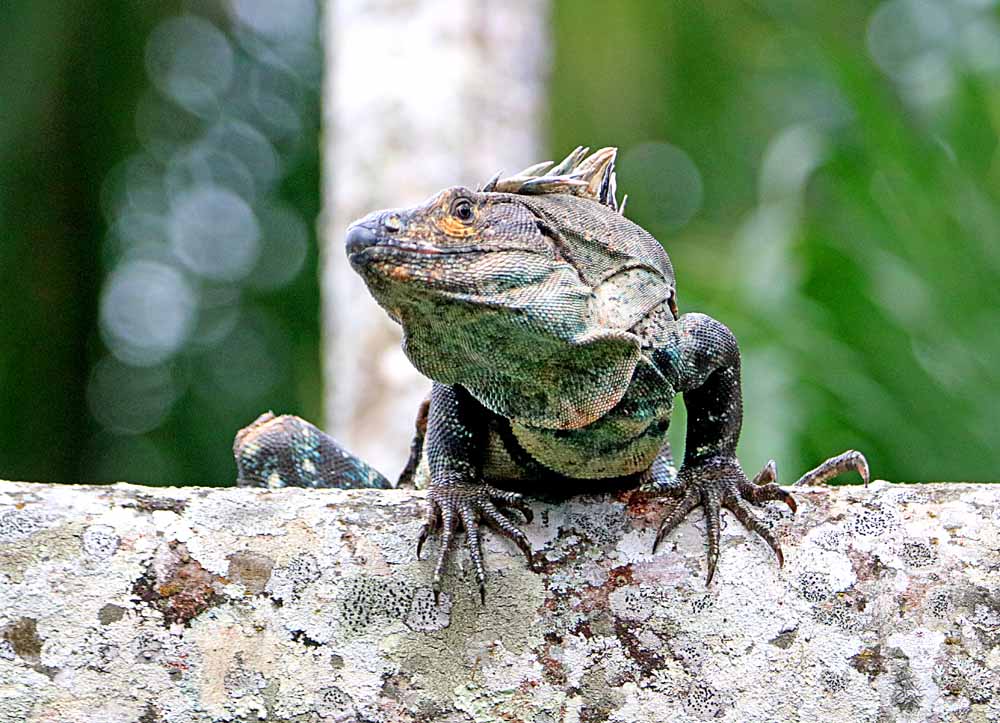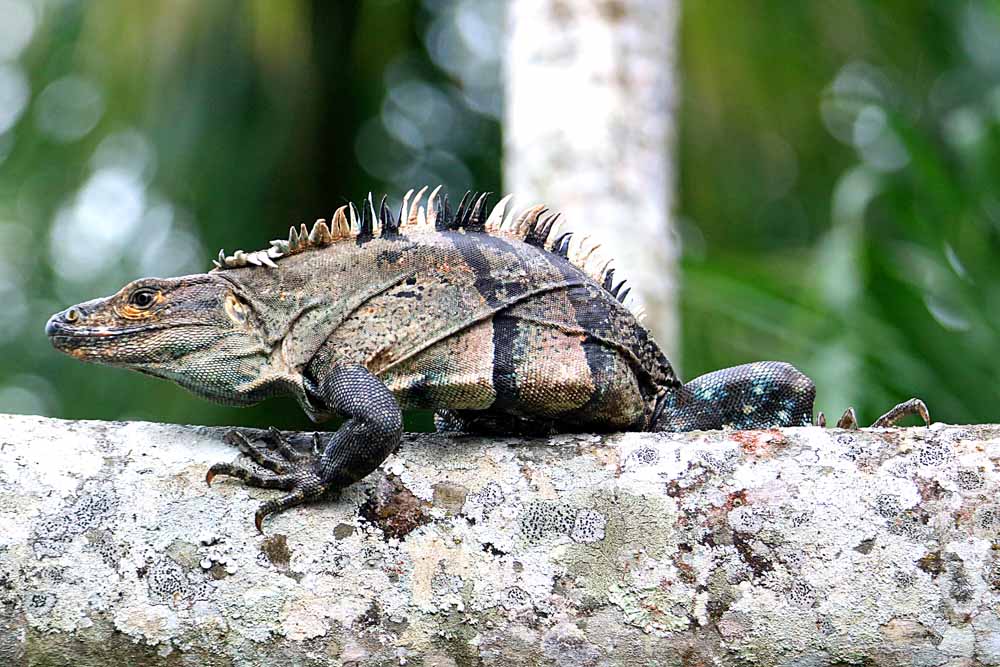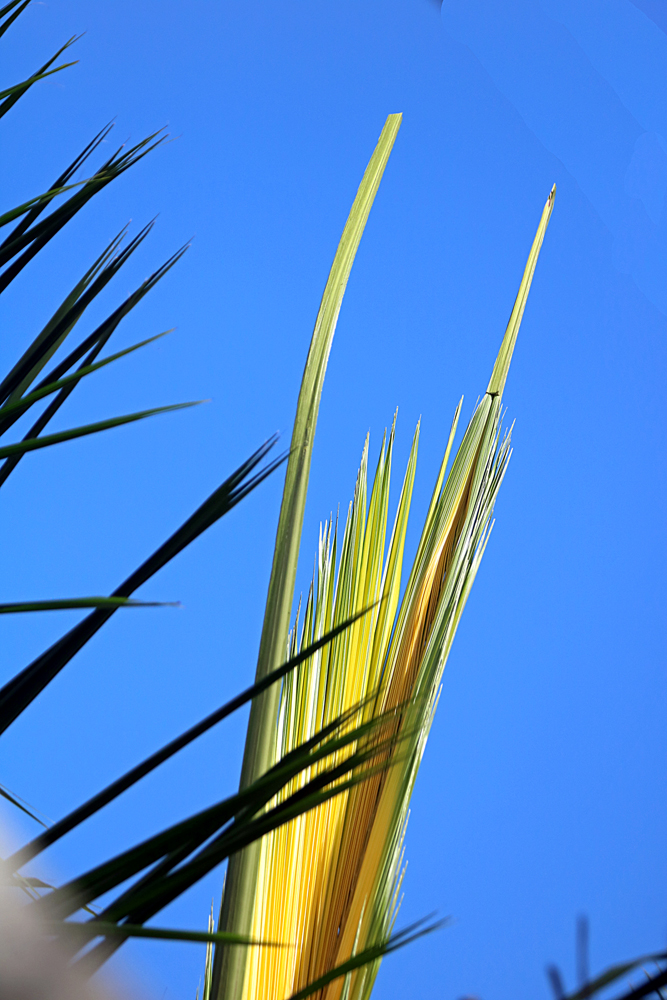Yesterday was a new species of birds for me and today a new species of butterflies for me, the Arita Skipper or Green-browed Skipper, Arita arita. No link to my gallery because this is the only photo in it now. 🙂 And no good article online, though there are 2 other photos on butterfliesandmoths.org and 5 more sightings from Costa Rica on the iNaturalistCR site. Not a spectacular butterfly, but one more species which brings my CR Butterflies Galleries up to 320 identified species now! 🙂
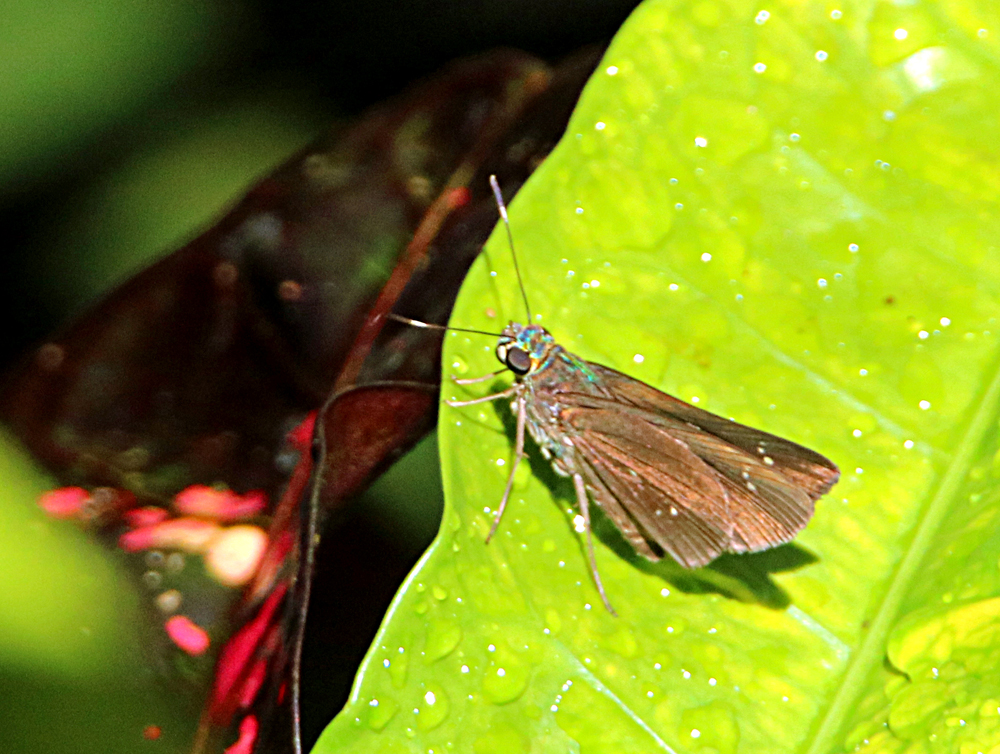
“It’s not what you look at that matters, it’s what you see.” ~Henry David Thoreau
¡Pura Vida!
2,000 Blog/Website Visits in January! THANK YOU!
One of the services provided by my WordPress blog/website host is a monthly report of page visits on my site and it has been typical for the last few years to have around 2,000 page views of my blog/website at charliedoggett.net each month!
And though my photo gallery is a menu item on the website, it is actually separate and hosted by a different business, SmugMug.com, and they started in February 2022 counting my gallery visitors with several galleries now having had over 1,000 visitors in 2 years! And the shocker for me, as I typed this (yesterday) is that I’ve had 1,957 views of the gallery “My Home Gardens.” 🙂 Flowers are more popular than birds?! So I express my THANKS to all of you who read the blog (with more pictures than words)! 🙂 And then go on to look at my photos in the gallery! 🙂 Maybe “A picture is worth a thousand words” is a true statement after all! 🙂
Moving to Costa Rica 10 years ago and immersing myself in the incredible nature here was definitely one of the best decisions I every made! And I’m thankful for the many people who have joined me in my adventures vicariously by reading the blog posts and looking at the photos! ¡Pura Vida!
